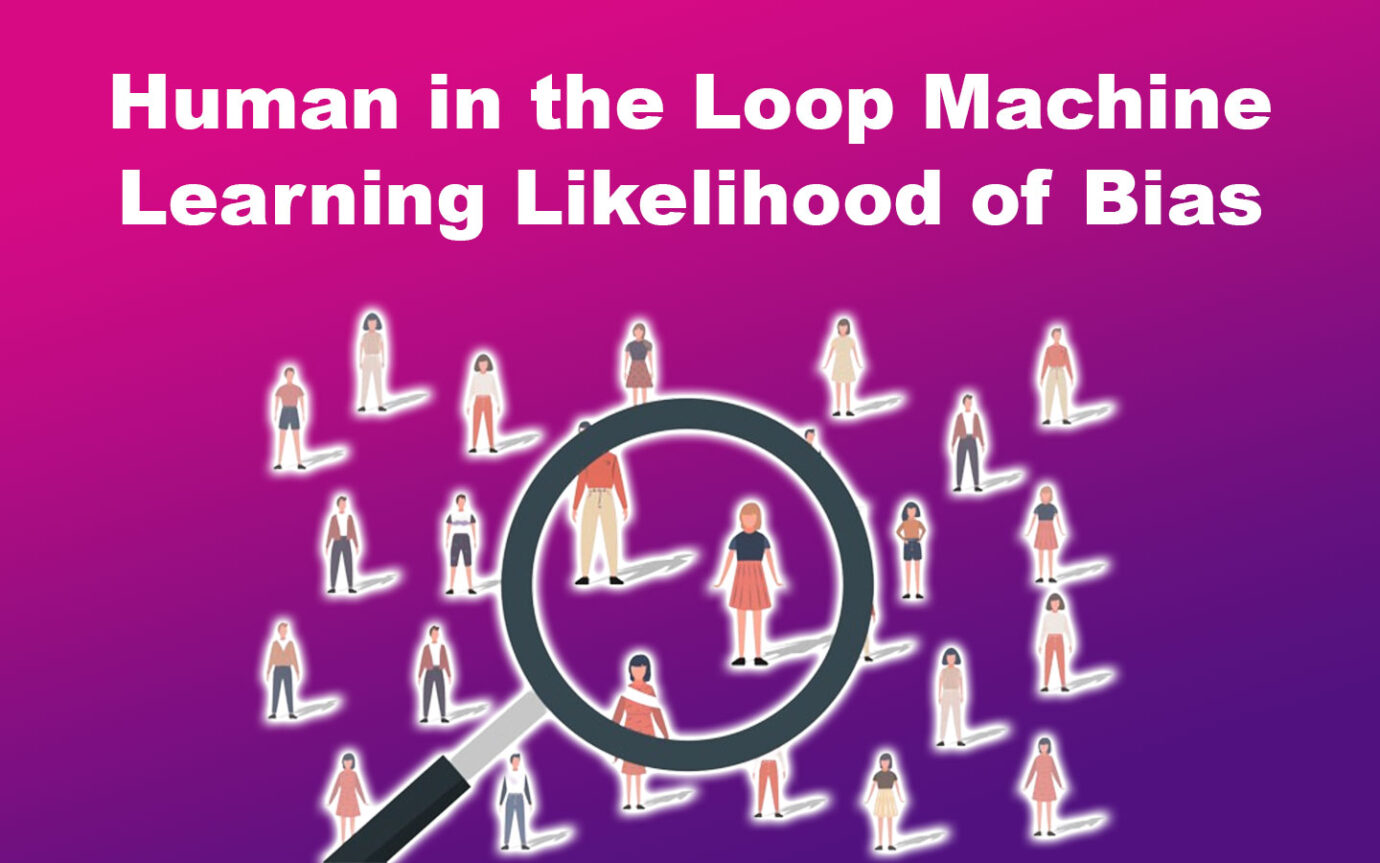Artificial Intelligence, or AI, is reshaping the world, making it crucial to stay informed about its latest innovations. The appreciation for AI arises from its transformative capacity to address intricate challenges, improve efficiency, and introduce positive changes across various facets of life.
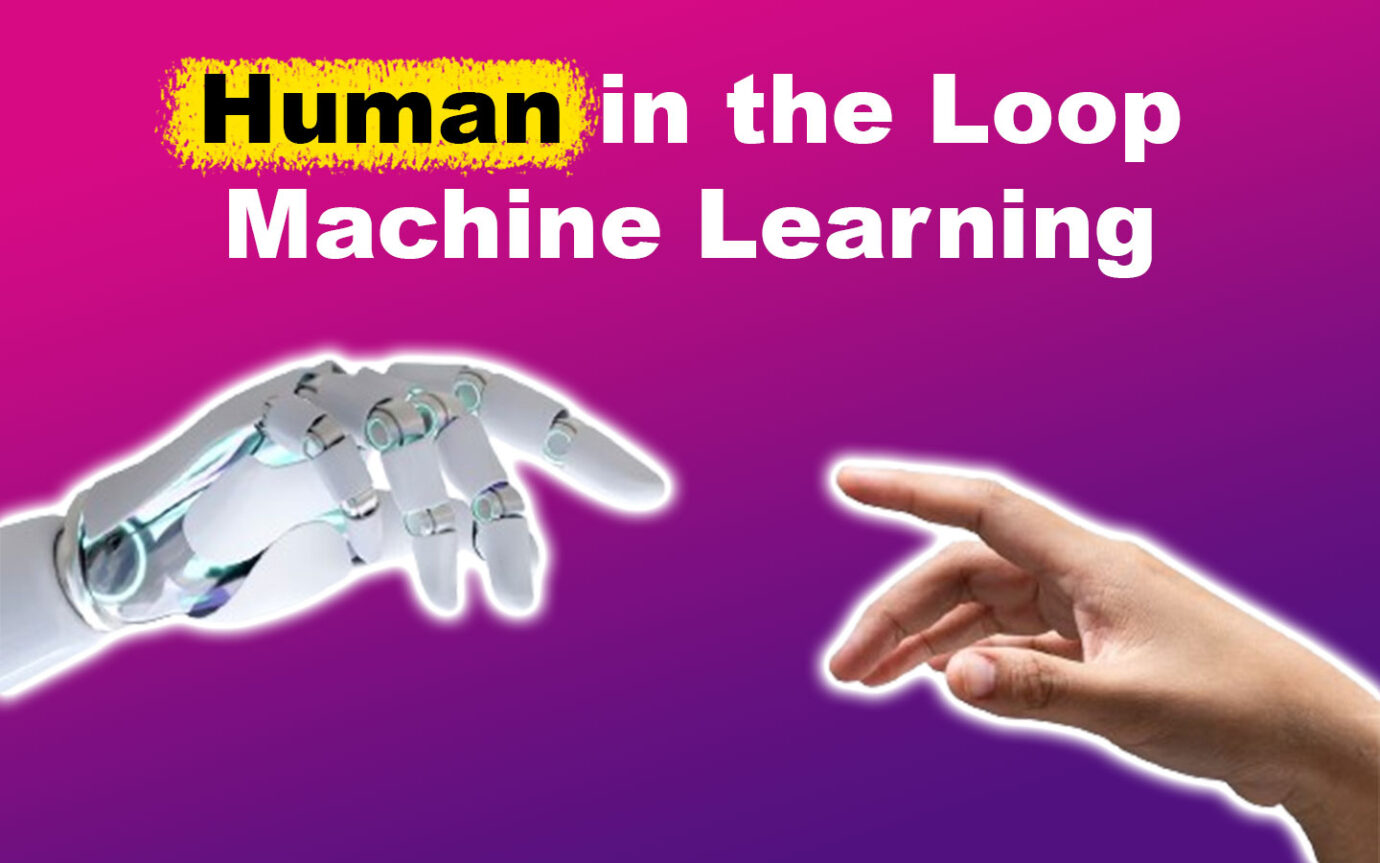
Keeping yourself informed about AI developments ensures a deeper understanding of its potential impact on our rapidly evolving technological landscape.
In this read, we’re diving into the world of Human-in-the-loop machine learning (HITL-ML), a super common approach in crafting the magic of artificial intelligence and machine learning (AI/ML).
What Is Human in the Loop Machine Learning?
Human-in-the-loop machine learning (HITL-ML) is the process of training accurate prediction models by combining human expertise with machine-based methods. Humans contribute by supplying training data and performing tasks that computers find challenging.
Read more on A Survey of Human-in-the-loop for Machine Learning from Cornell University.
In specific scenarios, human input is vital in improving machine learning models’ accuracy, reliability, and effectiveness. Human-in-the-loop methods prove beneficial, especially when automated systems encounter challenges from uncertainty, complexity, or ambiguity in the data.
3 Types of “Human in the Loop AI”
Researchers are exploring fresh ways for humans to collaborate with machine learning algorithms, collectively known as Human-in-the-loop machine learning (HITL-ML).
The aim is not only to improve the accuracy or speed of machine learning but also to increase the effectiveness and efficiency of humans involved in the process.
These are the types of approaches to “Human in the loop AI”:
1. Machine Teaching (MT) Approach to HITL-ML

Machine teaching (MT) is a methodology that empowers human domain experts with control over the learning process.
In this approach, experts define and constrain the knowledge they intend to impart to the machine learning model, allowing for a more directed and intentional transfer of expertise.
There are two kinds of datasets utilized in creating machine learning algorithms. The training dataset is employed to teach the model, and the data may differ based on the machine-learning approach.
After the model is trained, it undergoes validation using a separate dataset. If the validation is successful, the model can then assess real-world data.
2. Interactive Machine Learning (IML) Approach to HITL-ML
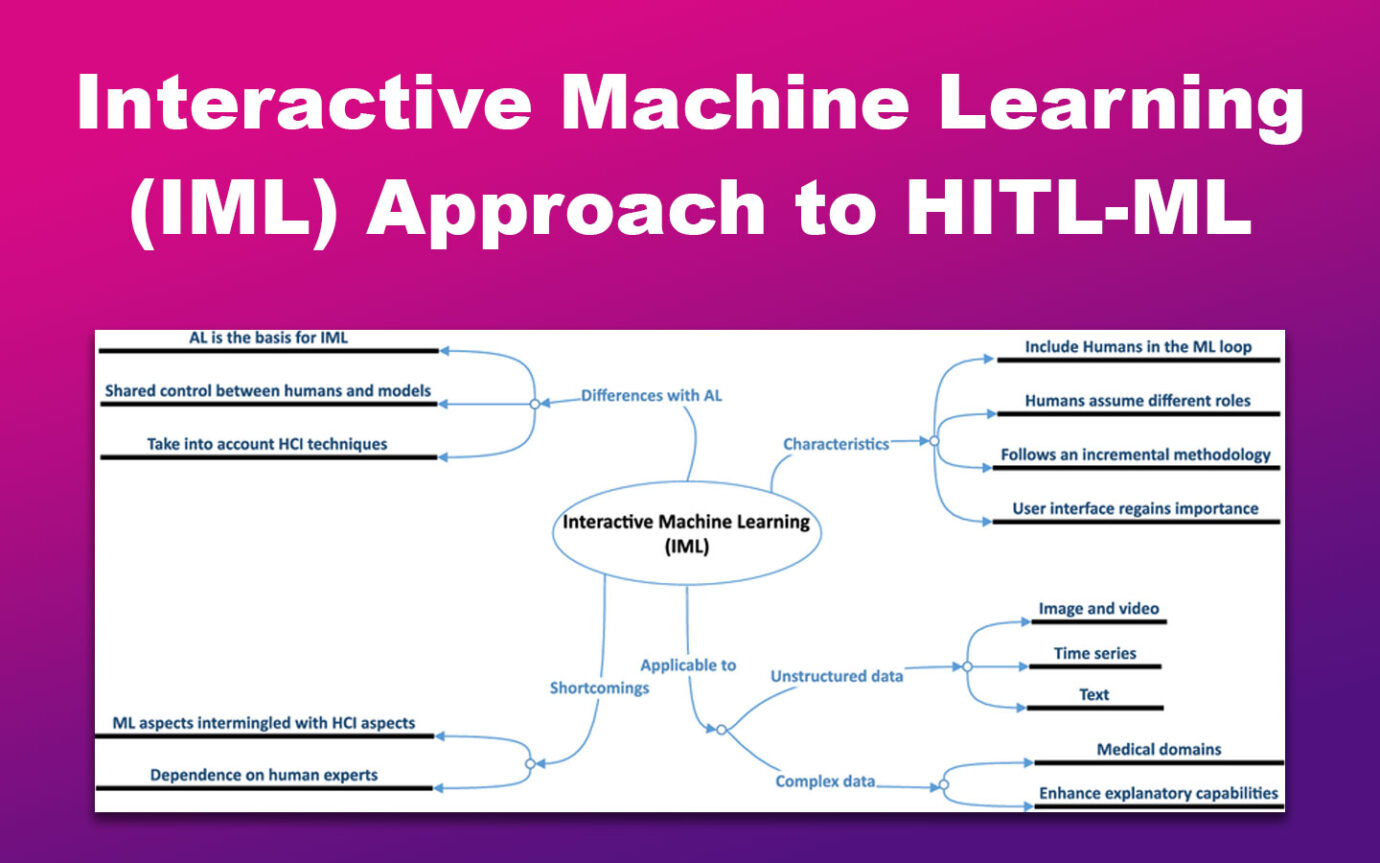
Interactive machine learning (IML) entails increased cooperation between users and learning systems. In this method, individuals supply information interactively in a more focused, frequent, and gradual manner compared to traditional machine learning.
IML aims to let computers learn from humans by chatting with them in everyday language and watching how they do things.
3. Active Learning (AL) Approach to HITL-ML
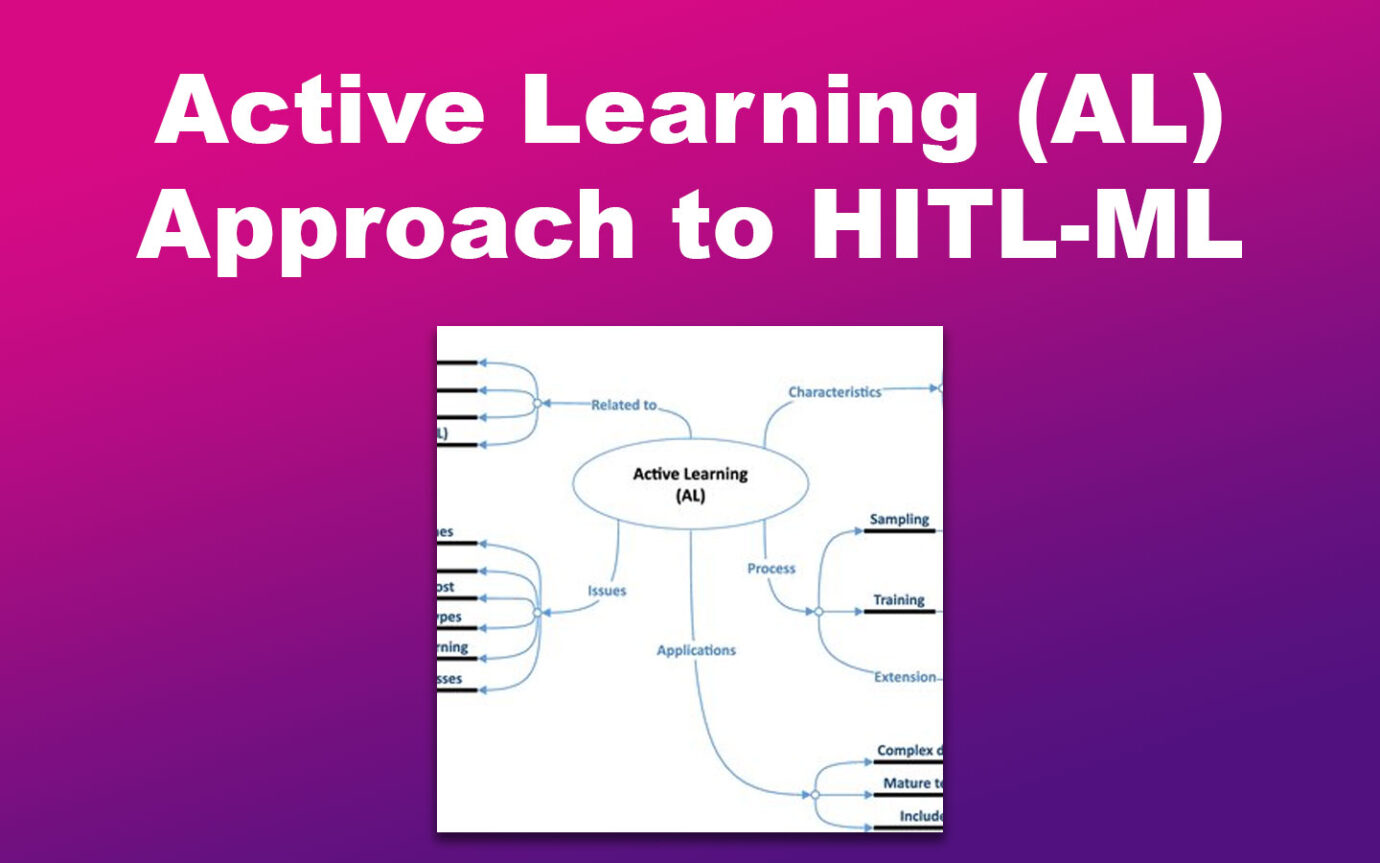
Active learning (AL) involves a system retaining control over the learning process and views humans as oracles responsible for annotating unlabeled data.
According to Forbes, active learning ensures a model gains valuable insights from every labeled data point it encounters. It achieves this by selecting the most “instructive” data points for labeling at each step.
This approach enables the use of much smaller labeled datasets while still taking advantage of the more abundant and cost-effective unlabeled data.
Related Post: 5 Advantages of Using AI in the Workplace
What Is an Example of Human in the Loop Machine Learning?
An example of human-in-the-loop machine learning is Google’s search engine. It employs HITL principles to deliver users their desired content by considering the words in their query. This is one of the reasons why you can easily refer to the keywords you recently used.
Another example of HITL ML is Netflix. The app utilizes human-in-the-loop machine learning to suggest movies and TV shows according to a customer’s previous viewing patterns.
If you’ve ever wondered how Netflix comes up with a list of suggested shows for you, HITL is the reason behind it.
Human-in-the-loop machine learning means the need for humans to teach AI systems to do their tasks through data annotation. However, AI models require precision, so those who want to participate in such projects must undergo a data annotation starter assessment. Find out everything you need to know about this assessment in this article.
7 Benefits of Human-in-the-Loop Systems
These are the benefits of human-in-the-loop systems:
1. Precision in Critical Domains
Human-in-the-loop (HITL) maintains high precision, crucial in error-intolerant domains like manufacturing critical aircraft equipment. It ensures automation and speed without compromising safety.
It also benefits less critical applications, such as large consultancy firms using HITL in AI for document regulatory compliance.
2. Bias Elimination
Human-in-the-loop systems address the bias in machine learning models, a phenomenon that may manifest during the training phase or emerge after deployment.
Involving humans in the process enables the timely identification and rectification of bias, guaranteeing a fair and impartial decision-making process.
3. Human-Centric Design
Human-in-the-loop learning machine involves thoughtful consideration of various human factors in the design process. It aims to create systems that are not only user-friendly but also closely aligned with the specific needs and preferences of the users.
Furthermore, it involves grasping user behavior, preferences, and interactions to ensure that the design serves and accommodates the human element effectively. The emphasis is on improving the overall user experience by incorporating features and functionalities centered around humans.
4. Ethical Oversight and Public Trust
Acknowledging the initial skepticism towards AI, incorporating a human element in oversight cultivates trust among various stakeholders.
This approach ensures responsible control and accountability in deploying AI systems, assuring the public that ethical considerations are being monitored and addressed.
Human-in-the-loop learning machine signifies a commitment to ethical practices and transparency, building trust in the responsible use of artificial intelligence technologies.
5. Transparency with Explainable AI
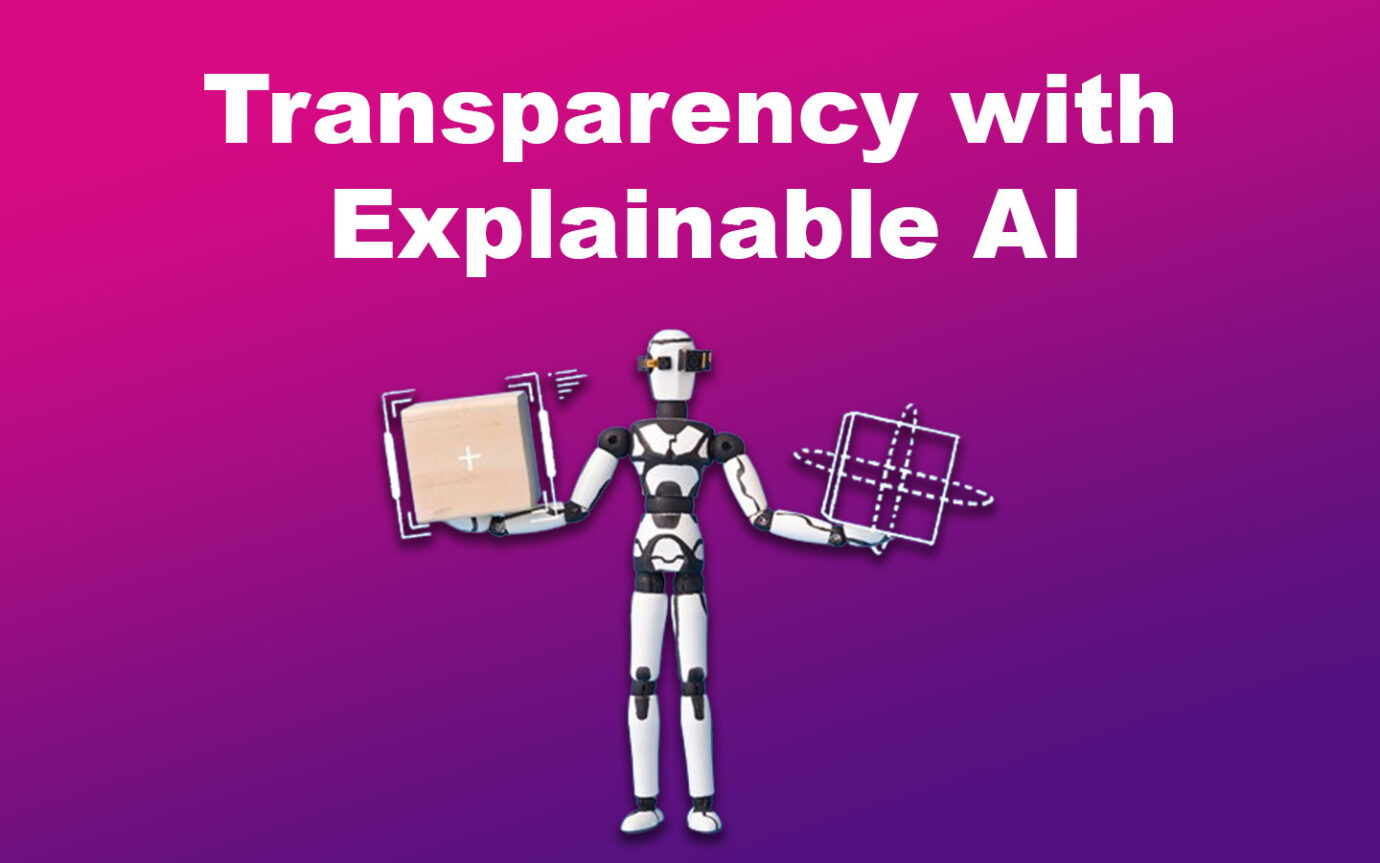
HITL provides transparency in machine learning decisions. While ML algorithms often evaluate numerous parameters, HITL, known as explainable AI, ensures a human understands and can justify the decisions.
For instance, in loan applications, applicants can seek explanations for rejections and receive guidance for improvement.
6. Job Creation
In contrast to worries about job displacement caused by AI, the incorporation of machine learning with a human in the loop has the potential to generate new employment opportunities.
Data annotators in the market are an example of technology generating employment rather than replacing it.
Here’s everything you need to know about artificial intelligence annotation.
7. Human Adaptability to Contextual Nuances
Although AI systems are proficient in handling general situations derived from training, they may fall short when confronted with exceptional cases. In contrast, human-in-the-loop (HITL) reinforcement learning successfully navigates these rare and unanticipated events.
The ability to adapt to contextual nuances, drawing from human intuition and experience, empowers HITL systems to effectively handle unique and unforeseen challenges that might pose difficulties for purely automated approaches.
What Are the Challenges of Human-In-The-Loop?
Here are the challenges of human-in-the-loop:
- Accuracy of Training Data.
Ensuring the training data accurately mirrors the diversity found in real-world scenarios can pose a challenge, influencing the generalization abilities of machine learning models.
It takes skills to train AI models. This is why data annotation has a set of requirements that you need to meet before you can handle actual data. - Processes Are Slower.
Machines have the ability to perform tasks more rapidly than humans, indicating that a completely automated method might be swifter compared to one incorporating human participation. However, this speed advantage also implies that processes involving humans may be less expedient than fully automated ones. - Humans Get Tired.
Repetitive tasks, such as data labeling, can cause exhaustion and burnout in users, ultimately affecting the quality and consistency of the annotations produced. - Increased Human Error.
An increased likelihood of human errors can occur during algorithm training. This is where individuals may overlook edge cases or introduce biased decisions. - More Expensive.
Greater costs are incurred as adopting a human-in-the-loop approach necessitates additional personnel and software, increasing company expenditures. -
Higher Likelihood of Bias.
Human-in-the-loop machine learning systems can unintentionally introduce biases influenced by the viewpoints and interpretations of human annotators.
- Complex Data Labeling.
Labeling data for training models can be laborious and challenging, especially when handling intricate or subjective tasks.
Check out this research in Frontiers for a more detailed description and use case of the challenges in HITL.
Difference Between Human-in-the-Loop and Human-Out-of-the-Loop
The main difference between “Human in the Loop” (HITL) and “Human Out of the Loop” (HOOTL) is how much humans are directly involved in a system.
This explains the difference between Human-in-the-loop and Human-out-of-the-loop:
- Human in the Loop
(HITL). In this process, humans actively participate, providing input or correcting the system as it operates. An example is humans helping an image recognition system by labeling images. - Human Out of the Loop (HOOTL).
Humans have minimal or no direct involvement; the system operates independently. Examples include fully automated processes like certain trading algorithms or spam filters. The choice depends on the task and the need for human input.
Human-in-the-Loop Removes Skepticism of AI
Human-in-the-loop machine learning (HITL-ML) is a powerful tool that combines human expertise with machine-based methods to train accurate prediction models efficiently. HITL-ML proves beneficial, especially when automated systems encounter challenges from uncertainty, complexity, or ambiguity in the data.
Appreciating HITL-ML is like celebrating the fantastic teamwork between human smarts and machine learning. It’s this collaboration that makes our AI systems not just smarter but also more effective, responsible, and user-friendly.
